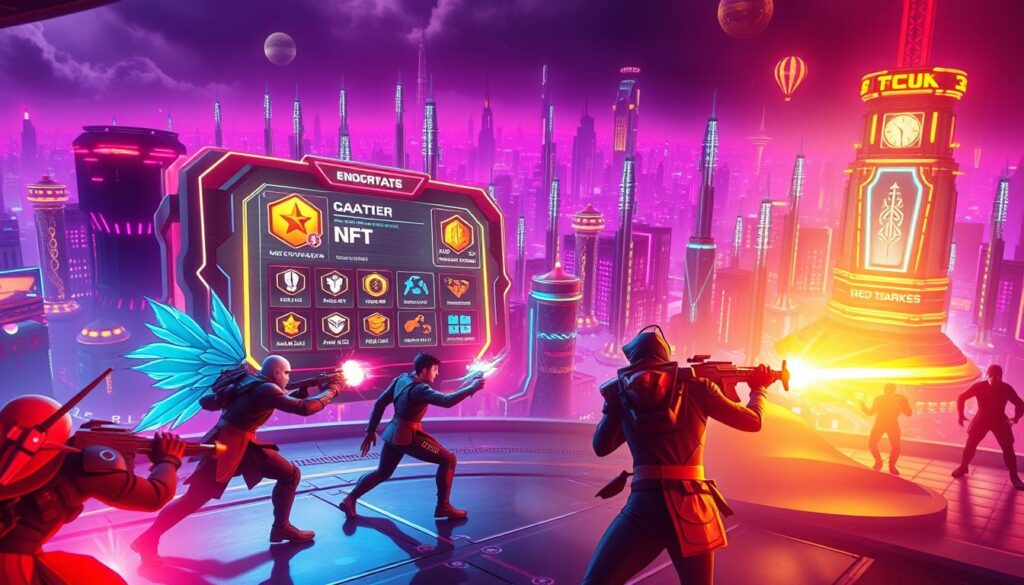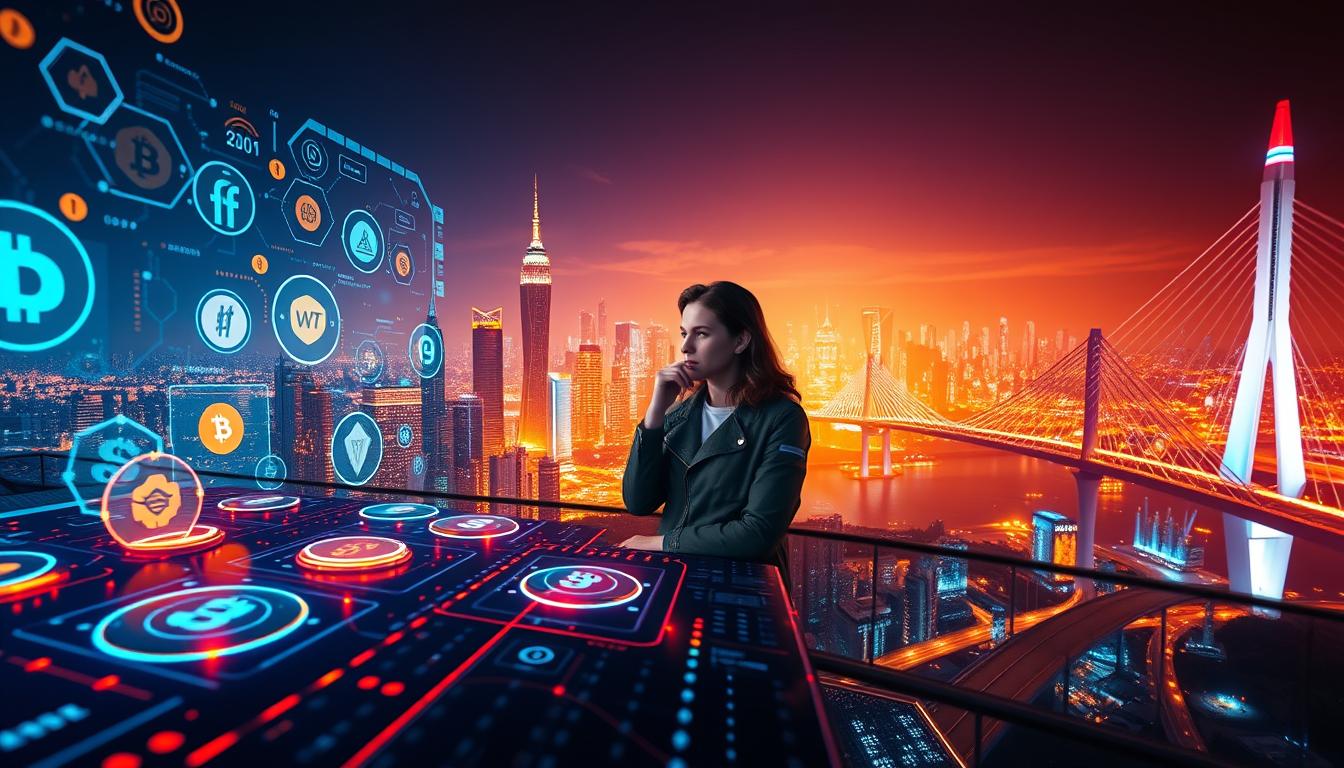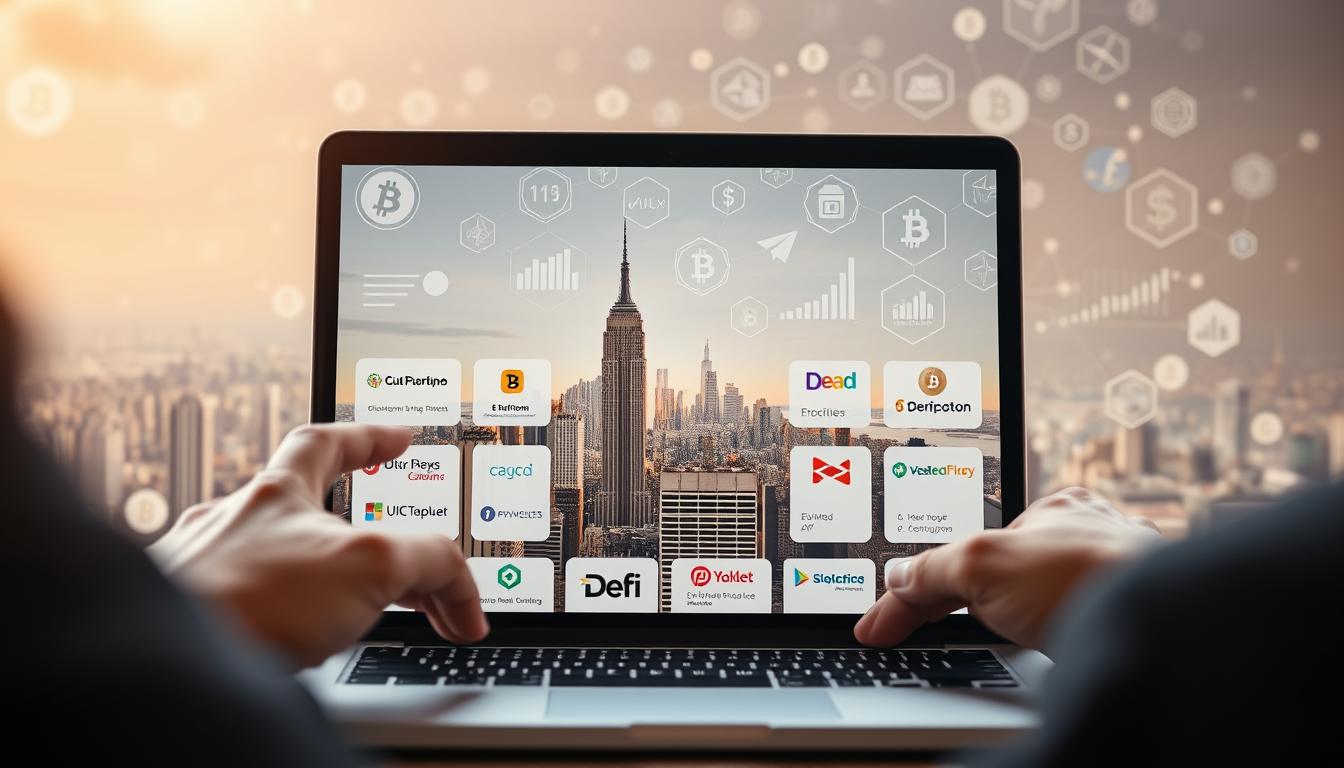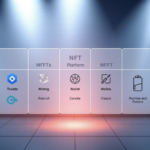Now Reading: Unlock the Future with AI NFTs
- 01
Unlock the Future with AI NFTs
Unlock the Future with AI NFTs
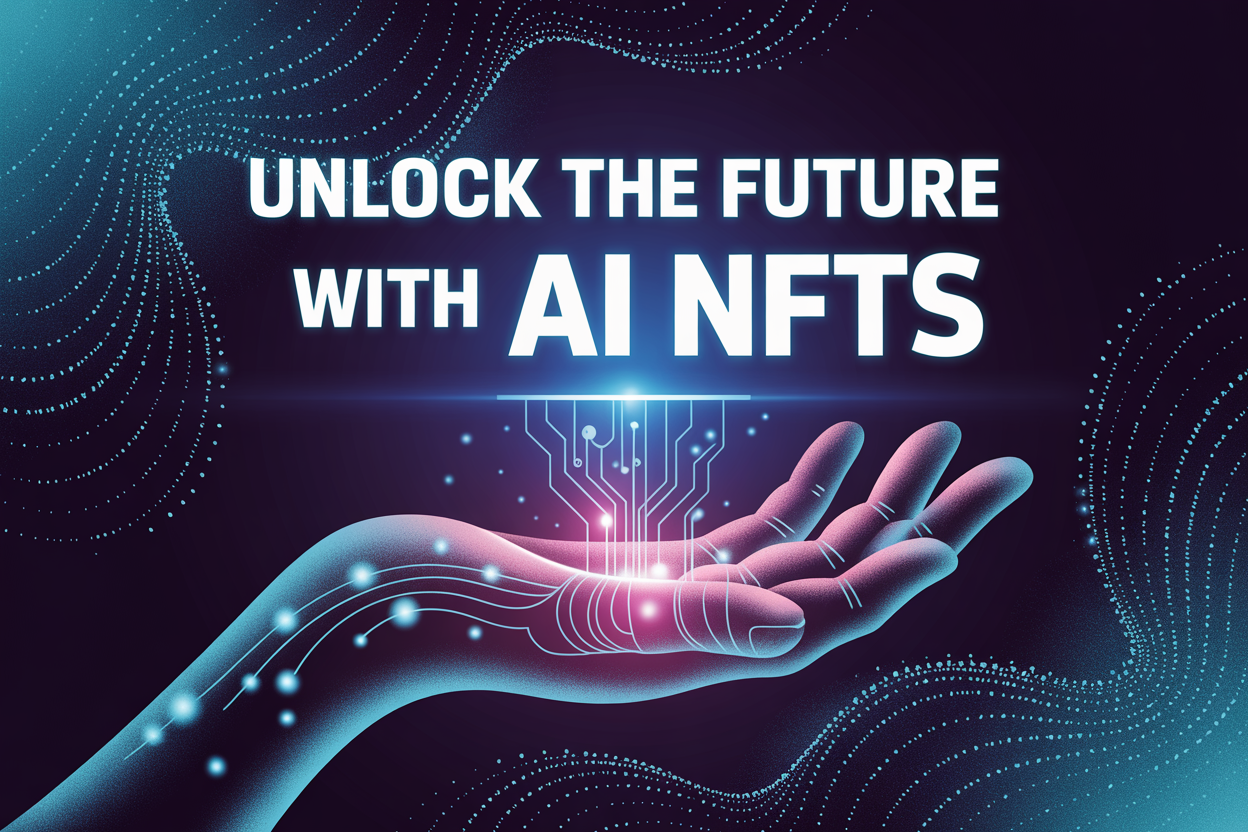
The digital art landscape is evolving faster than ever. At its core lies a groundbreaking blend of creativity and cutting-edge innovation. This fusion empowers anyone—regardless of technical skills—to craft unique pieces that redefine ownership and value in the modern age.

Advanced tools now let creators turn ideas into digital assets with ease. These platforms eliminate the need for formal training in art or coding, opening doors for global participation. Imagine transforming a simple sketch into a dynamic, evolving masterpiece—all while securing proof of ownership through blockchain.
The intersection of artificial intelligence and decentralized technology unlocks endless possibilities. Artists can experiment with generative designs that adapt over time, offering collectors truly one-of-a-kind experiences. Major marketplaces are already integrating these features, simplifying how creators mint and sell their work.
Early adopters stand to gain the most in this rapidly expanding space. Communities of innovators collaborate daily, pushing boundaries and refining tools. By embracing this movement, creators position themselves at the forefront of a cultural shift reshaping how we value art and digital ownership.
Key Takeaways
- New technology merges creativity with blockchain to democratize digital art creation
- No specialized skills required to start generating and selling unique assets
- Dynamic, evolving artworks offer fresh opportunities for collectors and investors
- Major platforms now support easy minting and trading of AI-enhanced pieces
- Early participation increases potential for long-term success in this growing market
- Collaborative communities drive continuous innovation in tools and techniques
Understanding the AI NFTs Landscape
A new frontier in digital collectibles is reshaping how we create and own art. This space combines machine learning with blockchain technology to produce assets that challenge traditional creative boundaries.

Defining Core Attributes
These digital pieces rely on algorithmic tools to transform simple inputs into complex works. Artists might feed text descriptions or color palettes into specialized platforms, which then generate unexpected visual combinations. The true innovation lies in how these systems create pieces that evolve based on viewer interaction or environmental data.
Collections built this way maintain thematic consistency while ensuring each piece remains distinct. This approach enables creators to explore never-before-seen artistic styles at scale, something particularly valuable for those learning how to sell AI-generated pieces in competitive markets.
Human vs. Machine Creation
Traditional digital tokens represent fixed artworks shaped entirely by human decisions. Algorithm-assisted works introduce a dynamic partnership – the artist sets parameters, while computational systems handle pattern recognition and variation generation.
This collaborative process allows for experimental approaches that blend multiple cultural references or historical art movements. Understanding these differences helps creators choose the right path when exploring traditional digital tokens versus algorithm-enhanced alternatives.
Preparing to Create Your AI NFTs
Building your collection begins with two critical steps: choosing creative tools and securing storage solutions. These elements work together to transform ideas into tradable digital items while protecting your investments.
Selecting the Right Art Generator Tools
Starryai stands out for newcomers, offering 5 free daily creations through its intuitive app. Users input text prompts to generate watermark-free artwork across multiple styles and formats. For larger projects, ChainGPT’s platform enables bulk creation of themed collections using simple keywords.

Setting Up Your Blockchain Storage
Secure asset management starts with a reliable digital wallet. MetaMask remains the top choice for its cross-platform compatibility, though Trust Wallet simplifies mobile transactions. Coinbase Wallet integrates smoothly with exchange services for beginners.
Follow these steps to establish secure access:
- Download apps only from official stores or websites
- Create complex passwords and enable two-factor authentication
- Store recovery phrases offline – never digitally
Many creators use their wallets for loyalty programs and exclusive drops. Always verify transaction details before confirming, and consider hardware wallets for high-value collections.
Step-by-Step Guide: Creating and Minting Your Digital Art
Crafting unique digital assets starts with clear vision and smart tools. While traditional methods required coding skills or design degrees, modern solutions streamline the journey from concept to collectible. Follow this roadmap to turn inspiration into authenticated creations.
Generating Artwork with AI: Text Prompts and Creative Inputs
Begin by brainstorming themes that resonate with your target audience. Write concise text prompts describing colors, emotions, or cultural references. For example, “vibrant sunset over cyberpunk cityscape” yields different results than “minimalist charcoal sketch of ancient ruins.”
Most platforms let you refine outputs through iterative adjustments. Experiment with blending styles like impressionism and glitch art. Save multiple image variations to review later—this helps identify patterns that could define your collection’s aesthetic.
Minting Your NFT on a Blockchain Platform
Choose a blockchain that aligns with your goals. Ethereum remains popular for its established marketplaces, while newer chains offer lower fees. Upload your final image files and add metadata like titles and descriptions.
Double-check wallet addresses before confirming transactions. Many platforms now offer gas-free minting options, letting you pay fees only after a sale. Once live, share your creations across social channels with behind-the-scenes stories about your creative process.
FAQ
What makes algorithm-generated art unique compared to traditional digital art?
Algorithm-generated pieces use machine learning models to transform text prompts or patterns into visuals, offering endless styles and variations. Unlike traditional digital art, creators can experiment with abstract concepts or remix existing ideas rapidly.
How do I choose the best tools for producing algorithm-based artwork?
Prioritize platforms like DeepArt or Artbreeder that balance user-friendly interfaces with advanced customization. Look for features like style blending, high-resolution exports, and integration with blockchain marketplaces such as OpenSea.
What steps ensure my digital wallet is secure for blockchain transactions?
Use trusted wallets like MetaMask or Trust Wallet, enable two-factor authentication, and store private keys offline. Always verify platform security protocols before linking your wallet to mint or list creations.
Can I control the artistic style of my digital pieces using text inputs?
Yes. Detailed prompts like “cyberpunk cityscape with neon lighting” guide algorithms to align outputs with your vision. Some generators also let you adjust parameters like color palettes or brushstroke intensity.
How does minting on a blockchain platform protect ownership rights?
Minting assigns a unique cryptographic signature to your work, stored permanently on the blockchain. This proves authenticity and tracks provenance, giving buyers confidence in their purchase.
What factors influence the price of algorithm-driven art in marketplaces?
Rarity, creator reputation, and demand within communities like CryptoPunks or Bored Ape Yacht Club play roles. Limited editions or pieces with interactive elements often fetch higher values.
Are there platforms specializing in machine learning-powered digital collectibles?
Yes. Marketplaces like Rarible and Foundation support algorithm-generated works, offering tools to mint, auction, and promote collections directly to engaged audiences.



